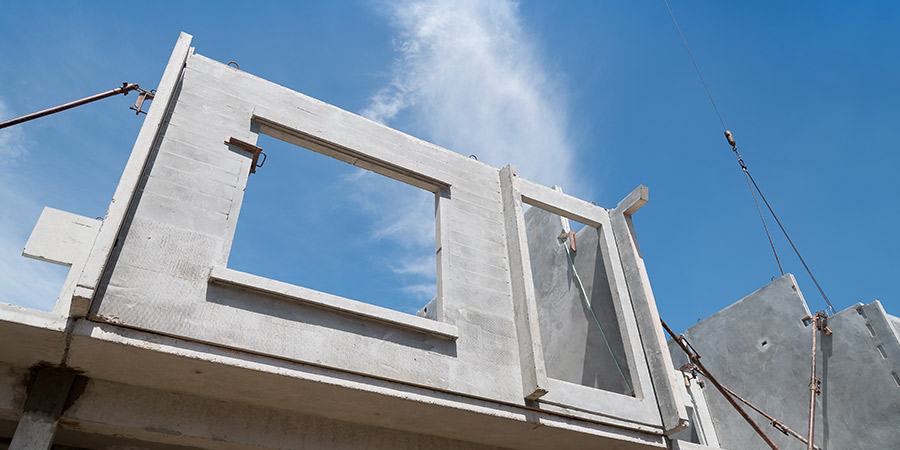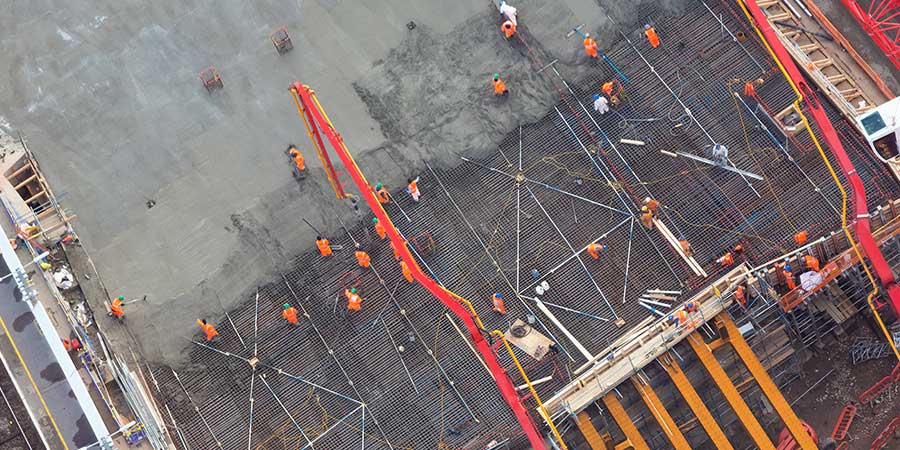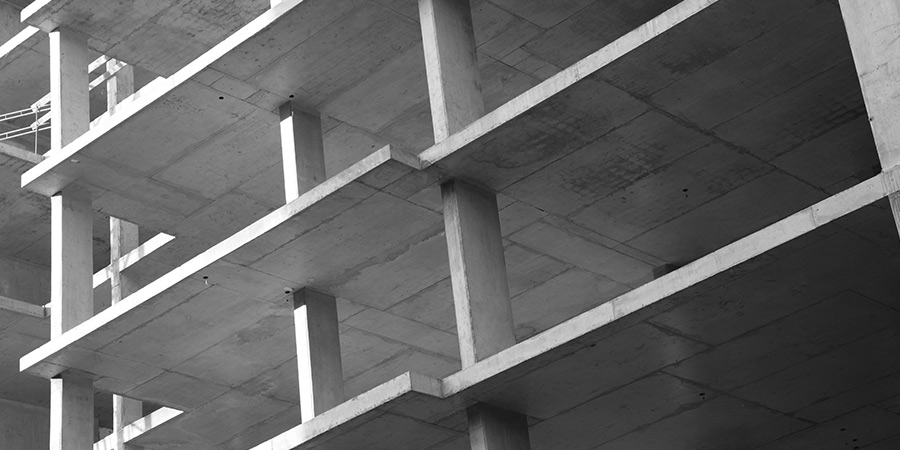Concrete construction innovations
One of the latest innovations in concrete construction is the development of an entirely new type of concrete. Control flow concrete was created to bridge the gap between conventional concrete and self-consolidating concrete. While both types of concrete have their advantages, they do have drawbacks for certain applications. For one, there is a vast amount of labor involved with moving and placing conventional concrete. This is a more pressing issue as the construction industry continues to face labour shortages.
Self-consolidating concrete flows easily to alleviate much of the labor burden. However, it is more expensive to produce due to specialised mix designs, high powder content as well as extra QA needed at the job site and at the plant.
This is where control flow concrete comes in. It flows more easily but has the same segregation resistance as conventional concrete, without the need for extra QA. Since it is high flowing and highly responsive to external energy, it requires minimal vibration during placement. CONCERA® water reducing admixtures make it possible to create control flow concrete using conventional mix designs. This significantly reduces labour costs on the jobsite.
The slump flows are between that of conventional concrete and self-consolidating concrete.
| Concrete type | Slump/ slump flow | Leveling characteristics |
|---|---|---|
| Conventional concrete | 6-8” slump | Requires vibration for consolidation |
| Control flow concrete | 16-25” slump flow | Requires minimal vibration for consolidation. Does not completely self level, so it can be placed even on small grades |
| Self-consolidating concrete | Greater than 25” slump flow | Self-leveling and consolidating |
Control flow concrete construction
Control flow concrete is a segregation-resistant mix that can have both high compressive strength and high passing ability, meaning it discharges quickly and can be placed more easily than conventional slump concrete. This makes it ideal for many types of concrete construction projects.
Tilt-up construction.
This is a popular means of building large structures, such as warehouses, because the work can be performed quickly and usually with lower construction costs compared to traditional masonry construction projects. The building’s walls are poured at the jobsite on the large slab, and then raised into position around the building perimeter. In this environment, the casting surface needs to be flat, with minimal imperfections. It is easier to accomplish this with control flow concrete than it is with conventional concrete, which requires considerable energy to place and finish. Casting the walls is also easier with control flow concrete and in some cases will eliminate the need for a pump.
Top down construction.
This construction method allows work to be performed both above ground and below ground concurrently. This saves a great deal of time, particularly on large underground projects like parking structures and transit systems. Typically, there are space limitations in top down construction, and it can be difficult to get large machines in for tasks such as vibrating concrete. In these projects, control flow concrete is beneficial, since it significantly limits the need for vibrating concrete. Control flow concrete also extends the slump life of the concrete, which can come in handy on top down construction projects, as the contractor can pour the concrete in foundation piles and have enough time for steel king posts to be inserted after the pour is completed.
Precast construction.
The market for precast concrete is growing due to the appeal of faster construction. Precasters can now use control flow concrete to increase production. This high flow, segregation resistant concrete can be quickly placed into forms, reducing labour and equipment costs. This is especially helpful in molds with complex reinforcement since the concrete can quickly fill in the gaps. This type of concrete works well for precast concrete beams, columns and underground elements, as well as for architectural concrete.
Mass pours.
Major building projects such as foundations, dams and bridges often use mass pours. Often concrete contractors prefer to use high flow concrete for these projects to reduce the labour involved with moving and placing the concrete. However, in the past high flow concrete required high cement content, which increased the concrete’s core temperature. This could be an issue since having too large a differential between the concrete’s internal and external temperature can cause cracking. Control flow concrete eliminates this problem because it allows for high flow, without additional cement content.
High rise construction.
As new buildings soar even higher, it’s beneficial to have the ability to use control flow concrete since it easily flows across long distances. In addition, it’s important for architects and builders of these iconic structures to have maximum flexibility. This type of concrete offers this flexibility, as it can easily flow around complex support systems.
Another advantage of control flow concrete for high rise construction is that it minimises the need for vibration in placing the concrete. As noted in Concrete Construction magazine, “because column and wall forms are usually rather high and reinforcing bars are often spaced quite closely, workmen must be careful in depositing and vibrating concrete in this work.” Using control flow concrete minimizes the need for vibrating the concrete, helping to reduce safety risks.
Bridge construction.
In the past, design engineers specified conventional concrete for these jobs. However, it is cumbersome to move this type of concrete through heavy steel reinforcement in the bridge’s supporting columns. Using control flow concrete is a desirable alternative, because it reduces the amount of labour involved with getting the concrete in place. It can also reduce safety concerns since workers need to spend less time climbing high forms to place the concrete. The concrete easily moves into place with minimal vibration.
Tags
- CONCERA®
- Concrete
- Concrete admixtures
- Ready Mix




